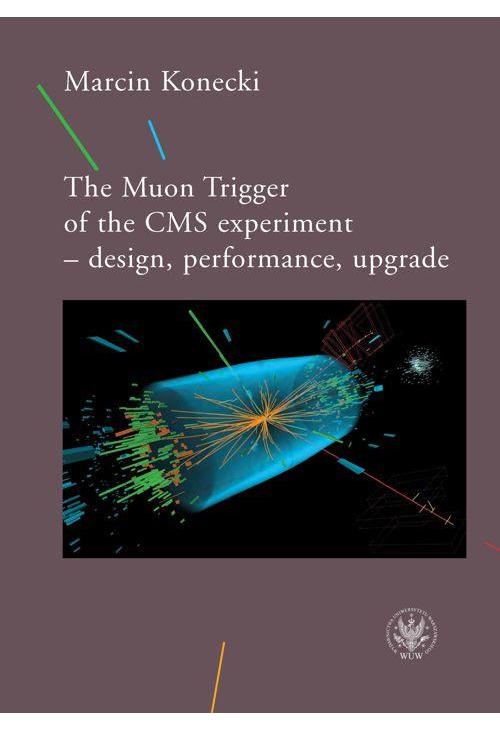
- -14%
ebook The Muon Trigger of the CMS experiment - design, performance, upgrade
Marcin Konecki
Rok wydania:
2014
The CMS experiment has operated smoothly during the LHC Run-1 (2010–2013). A large numer of collisions, triggered by the CMS Level-1 and High-Level trigger systems allowed CMS to discover the Higgs boson and perform many important physics measurements and searches.
In this monograph the muon trigger of the CMS detector is discussed, including its design
and performance. The CMS experiment is reviewed and its initial performance and operation are emphasized. The selected main physics results are shown. The detector upgrade perspectives are also presented.
The monograph is supplemented with the performance of the PACT trigger, development studies on muon isolation and simplified track reconstruction based on the Pixel Detector.
In this monograph the muon trigger of the CMS detector is discussed, including its design
and performance. The CMS experiment is reviewed and its initial performance and operation are emphasized. The selected main physics results are shown. The detector upgrade perspectives are also presented.
The monograph is supplemented with the performance of the PACT trigger, development studies on muon isolation and simplified track reconstruction based on the Pixel Detector.
Spis treści ebooka The Muon Trigger of the CMS experiment - design, performance, upgrade
1. The CMS experiment at the LHC—design and initial performance 111.1. Introduction 11
1.2. CMS detector 12
1.3. CMS trigger and data acquisition system 13
1.4. CMS operation 15
1.5. Commissioning and initial detector performance results 17
2. The Level-1 muon trigger. Performance 22
2.1. Level-1 trigger 22
2.1.1. Calorimeter trigger algorithms 23
2.1.2. Muon trigger 25
2.1.3. Level-1 event selection 30
2.2. Muon trigger performance 32
2.2.1. Level-1 muon trigger efficiency 32
2.2.2. Level-1 muon trigger rates 33
2.2.3. Level-1 muon trigger timing 33
3. The muon track reconstruction at the High-Level trigger 36
3.1. Introduction 36
3.2. HLT operation 36
3.3. HLT reconstruction software 39
3.4. Basics of the muon reconstruction 41
3.5. Track and primary-vertex reconstruction 43
3.5.1. Seeding and pixel-based reconstruction 43
3.5.2. Combinatorial Track Finder 45
3.6. Muon reconstruction at the HLT 47
3.6.1. Level-2 reconstruction 48
3.6.2. Level-3 reconstruction 48
3.6.3. Muon isolation 49
3.6.4. Performance 50
4. Selected physics results 53
4.1. Introduction 53
4.2. Higgs physics 53
4.2.1. H → γγ 54
4.2.2. H → ZZ → 4C 55
4.2.3. H → ττ 56
4.2.4. Combination of Higgs measurement and Higgs properties determination 58
4.3. Vector boson production, top physics and QCD 58
4.4. Other selected measurements 60
4.4.1. Charged particle multiplicities and momentum spectra 60
4.4.2. Topological correlations in two-particle distributions 61
4.4.3. Search for rare B/Bs → µ+µ− decays 62
4.5. Searches for new phenomena beyond the Standard Model 63
4.6. Heavy-ion physics with CMS 64
5. Perspective outlook and summary 65
5,1, Introduction 65
5.2. CMS upgrades during Phase-I 65
5.2.1. RPC and CSC upscope in LS1 65
5.2.2. New Level-1 trigger 66
5.2.3. HCAL modifications 66
5.2.4. Pixel Detector replacements 66
5.3. Phase-II upgrades 67
5.4. Summary of physics results 67
5.5. Summary of muon trigger operation and author’s contribution 68
A. The PACT for RPC system 69
A.1. Introduction 69
A.2. PACT system 70
A.2.1. Layout of the system 70
A.2.2. PAC algorithm 71
A.2.3. Segmentation and data flow 72
A.2.4. HSCP trigger 73
A.2.5. Commissioning challenges 75
A.3. PACT performance 75
A.4. Role of the RPC system in Level-1 muon trigger 77
B. Development of methods for track reconstruction, primary vertex finding and seed generation with the Pixel Detector 79
B.1. Introduction 79
B.2. Components of the reconstruction software 80
B.3. Estimate of track position uncertainties 81
B.3.1. Parametrization of hit errors 81
B.3.2. Parametrization of multiple scattering 81
B.3.3. Track bending in the longitudinal plane 82
B.4. Finding hit pairs 82
B.5. Finding hit triplets 85
B.6. Evaluation of the parameters of pixel-tracks 88
B.7. Pixel vertexing 89
B.8. Generation of seeds 90
B.8.1. Seeds from hit pairs 91
B.8.2. Seeds from hit triplets-91
B.9. Conclusions 91
C. Development of High-Level trigger algorithms for muon isolation 92
C.1. Introduction 92
C.2. Simulation 93
C.3. Isolation algorithm 94
C.3.1. Optimization of algorithms 95
C.3.2. Calorimeter isolation 96
C.3.3. Pixel isolation 97
C.3.4. Tracker isolation 100
C.4. Overall performance 105
C.4.1. Rate reduction 105
C.4.2. Signal efficiency 107
C.4.3. Algorithm timing 108
C.4.4. Discussion 108
C.5. Conclusions 109
D. Acronyms 110
Acknowledgements 111
Bibliography 112
Szczegóły ebooka The Muon Trigger of the CMS experiment - design, performance, upgrade
- Wydawca:
- Wydawnictwa Uniwersytetu Warszawskiego
- Rok wydania:
- 2014
- Typ publikacji:
- Ebook
- Język:
- angielski
- Format:
- Liczba stron:
- 119
- Miejsce wydania:
- Warszawa
- ISBN dla wersji papierowej:
- 9788323516705
Recenzje ebooka The Muon Trigger of the CMS experiment - design, performance, upgrade
-
Reviews (0)

Na jakich urządzeniach mogę czytać ebooki?
- -14%
-14%
16,70 zł
14,36 zł




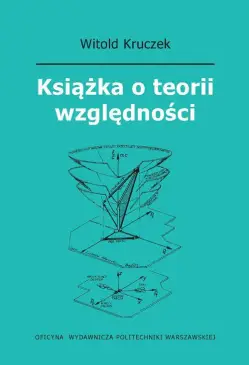
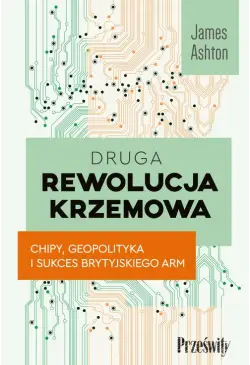
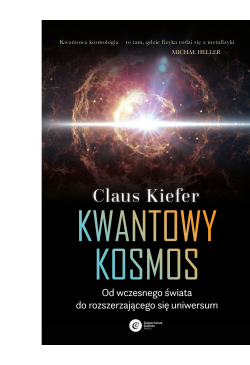


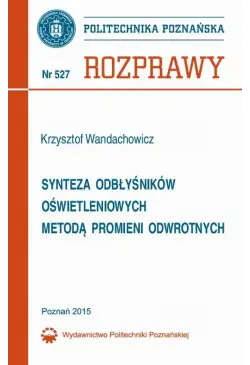
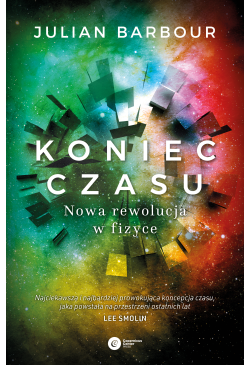


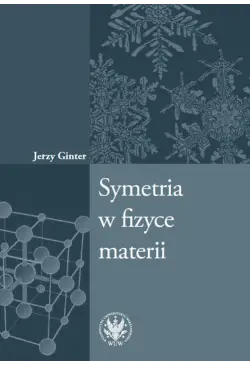

@CUSTOMER_NAME@
@COMMENT_TITLE@
@COMMENT_COMMENT@